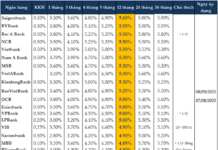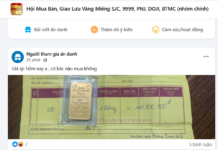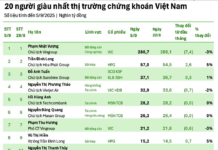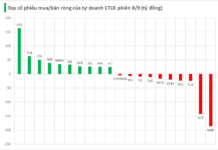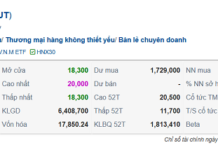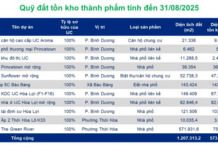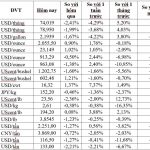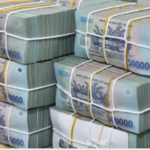Gold prices kicked off the new trading week with a slight upward trend, continuing the previous week’s gains as signals of an interest rate cut from the Federal Reserve became clearer. This week, US economic data, particularly inflation reports, are expected to continue influencing the US dollar’s exchange rate and gold price movements.
As of 8 a.m. Vietnam time (GMT+7) on Monday (August 26), the spot gold price in Asian markets rose by $0.4 per ounce compared to Friday’s close in New York, trading at $2,513.9 per ounce. Converted based on Vietcombank’s selling exchange rate, this is equivalent to nearly VND 76.2 million per tael.
On Friday, gold prices surged more than 1% after Fed Chairman Jerome Powell stated that “the time has come to temper policy” – the clearest signal yet of an impending rate cut following the campaign of rate hikes initiated in March 2022 to combat the sharpest inflation surge in a generation.
The US dollar index and US Treasury bond yields fell sharply following Powell’s remarks, fueling gold’s rally.
As of Monday morning, the US Dollar Index, which measures the greenback’s strength against a basket of six major currencies, continued its downward trajectory, hitting a near two-year low. At 8:00 a.m. Vietnam time, the index fell by 0.14% to 100.58 points, the lowest since October 2022, according to data from MarketWatch. The index dropped more than 1.7% last week.
Meanwhile, the yield on the 10-year US Treasury note also declined, falling by 23 basis points from Friday’s close to 3.784%.
Most experts are optimistic about gold’s prospects, predicting that the precious metal will soon set new records. However, some warn of potential short-term profit-taking as gold prices hover near all-time highs.
In an interview with Kitco News, Joy Yang, head of marketing and product management at MarketVector Indexes, stated that gold prices may have already priced in the news of an impending Fed rate cut, leading to potential price declines and profit-taking at these elevated levels. However, Yang pointed out that gold prices have not yet surpassed historical highs when adjusted for inflation and do not fully reflect long-term inflation trends.
Lower interest rates and a weaker US dollar could further stimulate gold demand. “Even a slight increase in investment allocation to gold and gold mining stocks by investors could sustain gold’s upward trajectory,” Yang said.
SPDR Gold Trust, the world’s largest gold exchange-traded fund (ETF), has purchased 12.38 tons of gold so far in August, holding 856.12 tons of gold, according to data from the fund’s website. However, this figure is still approximately 21 tons lower than at the end of last year, indicating room for further net purchases.
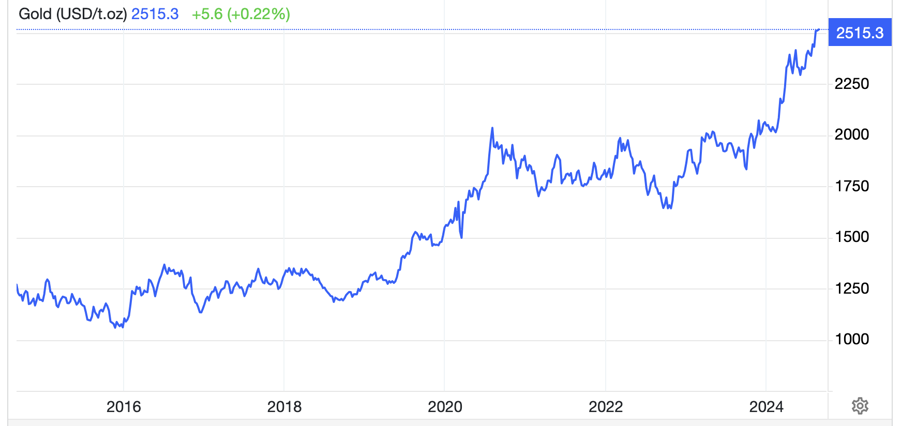
Phillip Streible, chief strategist at Blue Line Futures, forecasts gold prices could reach $2,600 per ounce before encountering strong profit-taking pressure.
Marc Chandler, CEO of Bannockburn Global Forex, predicts that the US dollar and US Treasury bond yields could rebound this week or the next before the US releases its August jobs report on September 6.
“Gold prices may set new records, but the indicators of upward momentum are overextended. My forecast for exchange rates and interest rates suggests that gold may enter a period of consolidation. The initial support level for gold is expected to be in the $2,460-$2,470 per ounce range,” Chandler said.
This week, the most important US economic reports, which could significantly impact Fed rate expectations, include the weekly unemployment benefits claims and the preliminary second-quarter gross domestic product (GDP) data to be released on Thursday, followed by the Personal Consumption Expenditures (PCE) price index report on Friday. The PCE index, the Fed’s preferred inflation measure, could trigger changes in rate expectations and subsequently affect gold price movements.








